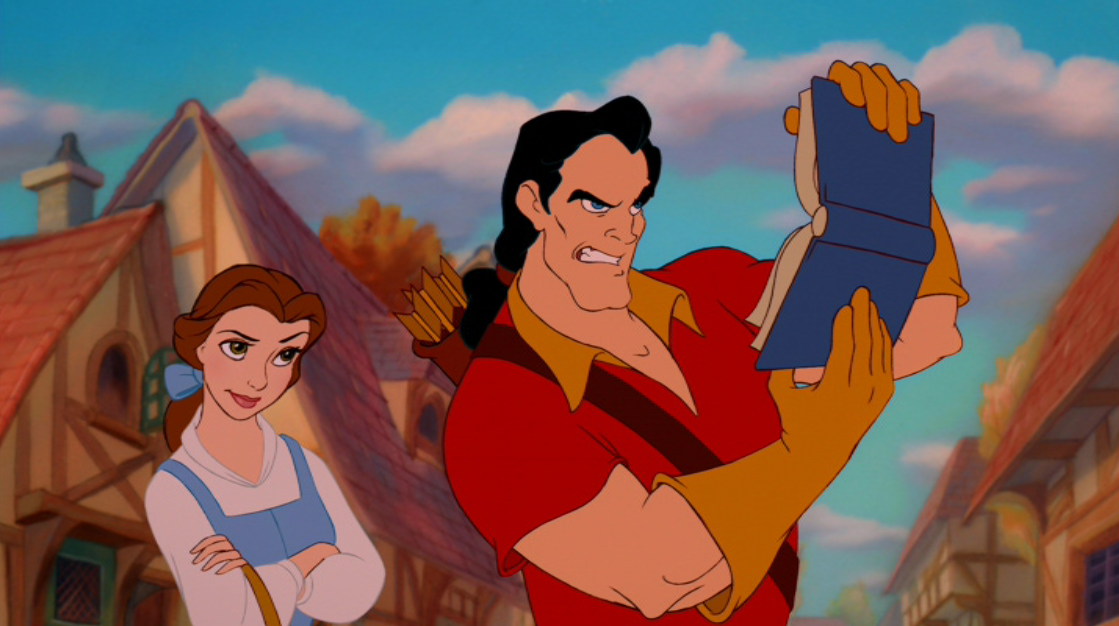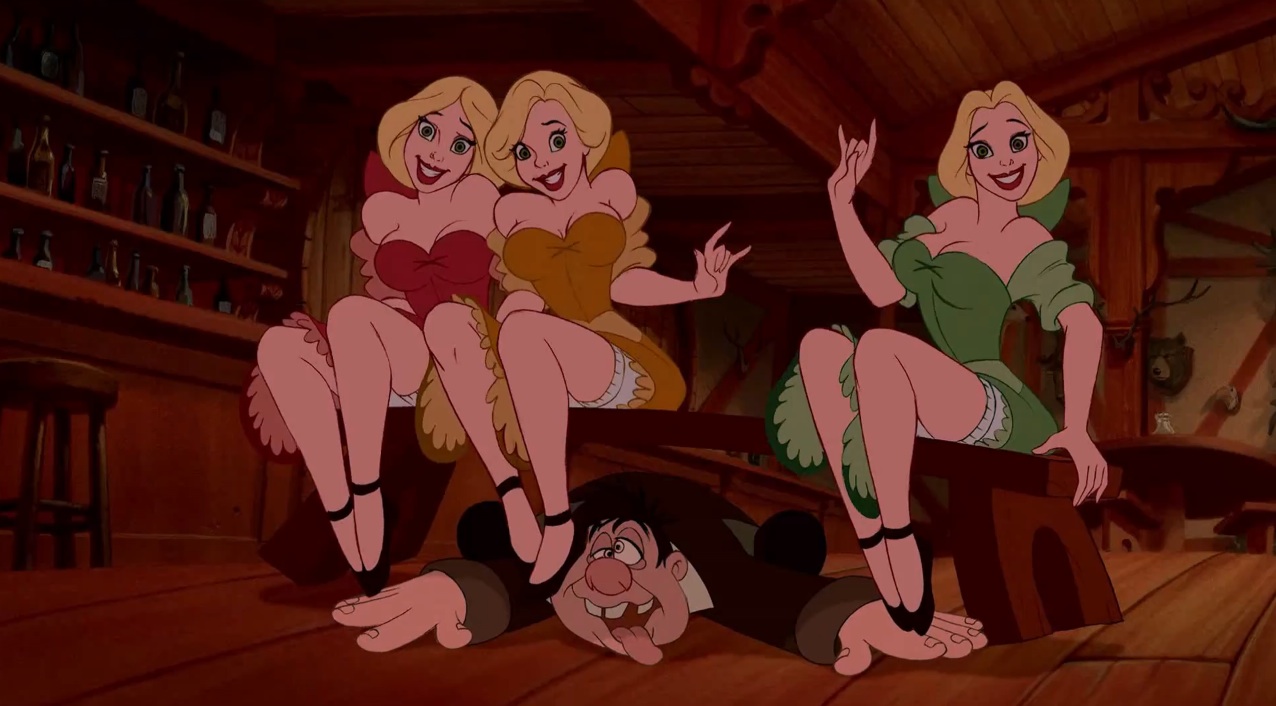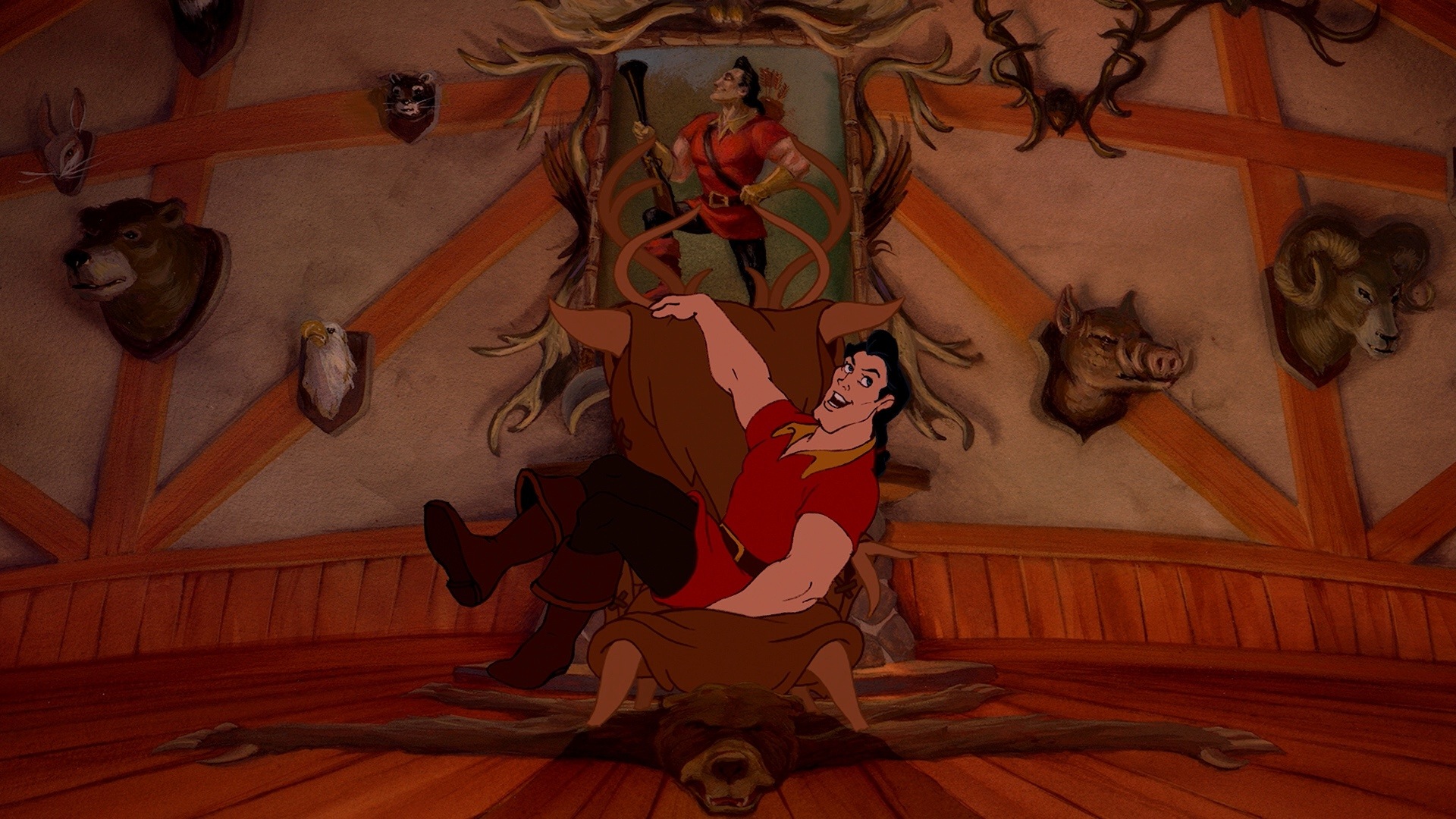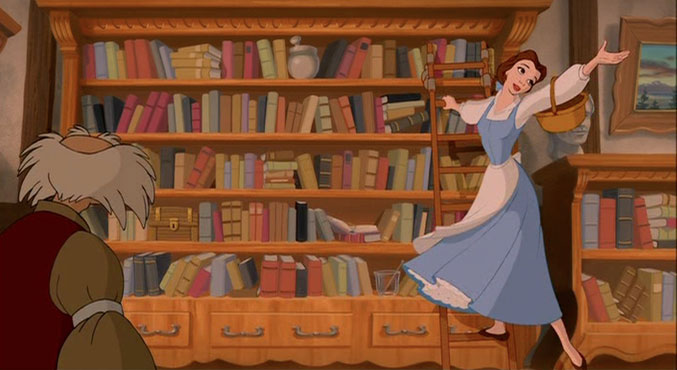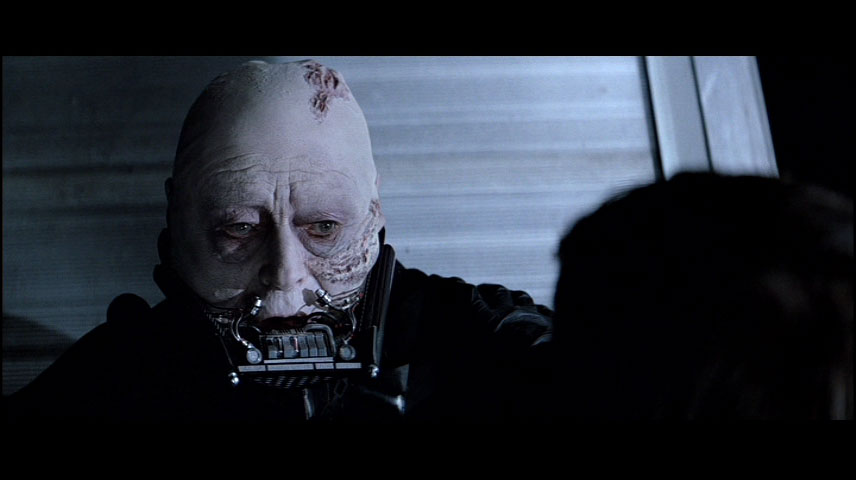Oh, yeah, spoiler alert.
The public reaction to Brian's death has been less than favorable, to say the least. Angry blog posts and petitions have gone up across the internet from the moment the episode aired, with hundreds of thousands of people weighing in. There may be thousands of people around the world suffering from war, famine and preventable disease every day, but there's nothing like a cartoon character's death to get people fired up to rally for change.
Watch it if you dare.
Since I'm among those aforementioned bloggers responding to the death, and because I've titled this article "Reasons I Need Brian Back", you might have already guessed that I'm not exactly in favour of Brian shuffling off this mortal coil. Because I insist on substantiating everything I say with a detailed, multimedia blog post, enjoy reading these incredibly convincing arguments for why the Griffin's atheist dog deserves a Biblical resurrection.
Now who am I supposed to relate to?
Like the millions of other people who watch bad TV for sweet, sweet escapism, I like to psychologically latch onto a character in every story. It gives me someone to root for, and it lets me know how I would fare if I were to be somehow transported into that fictional universe. In Family Guy, Brian is the obvious choice for me. He's a struggling writer. I'm a struggling writer. He's sarcastic. I'm sarcastic. He holds extreme, ideologically questionable left-wing views. I hold extreme, ideologically questionable left-wing views. He's kind of obnoxious. I'm kind of obnoxious. The list goes on and on.
Brian, suffering the plight of all writers who aren't James Patterson.
But now that Brian's only role is to feed the worms of Quahog, who am I supposed to cling to each time I finally give in to the unique combination of boredom and procrastination that drives me to watch Family Guy? Let's see. I'm an overweight, myopic girl with a very large brother and an affinity for knitted wool caps. Who does that leave me with?
Oh, no.
That's right. Brian's demise has left me with no choice but to internalize the horrific psychological abuse endured by the unloved, unattractive, and almost-definitely-adopted Meg Griffin. Not only will my frail psyche have to cope with my own traumatic adolescent memories, but now it'll need to make room for those of a sniveling, two-dimensional punching bag. You see what you've done to me, producers of Family Guy? I just hope you're happy, Seth MacFarlane. I hope you're happy.
We don't need endless months of bad Italian stereotypes.
Viewers who made it all the way to the end of the knee-slapping 'Life of Brian' episode without throwing their remotes through their TV screens were treated to the introduction of the Griffin family's new dog, Vinny. After moping around for a month after Brian's death, the family decides to head down to the pet store, hoping a new dog will ease their grief; there, they meet Vinny the Pussyhound (he's 1/16th cat), proving that no amount of gut-wrenching tragedy will ever overshadow the need for a good vagina joke. Vinny is voiced by Italian actor/saggy leather wallet Tony Sirico of The Sopranos fame, which tells you all you need to know about his character.
Vinny, casually undoing whatever progress the Italian-American community has made since Jersey Shore went off the air.
The problem with characters based on racial stereotypes is that there are only so many jokes you can make with them. Brian may have been based on his own set of stereotypes, but there's a lot more you can do with the common Eastern Yuppie archetype. Everyone knows at least one. You can head to a Starbucks, an Apple store and a university philosophy course, and find enough source material to power you through an entire season. Best of all, Eastern Yuppies are always changing; Brian evolved from a novel-writing prat, to an obscure-reference-dropping prat, to a social-hypocrisy prat, always keeping up with the times. Vinny's character amounts to a threatening accent and a Mafia allusion. Unless you live on the set of a Godfather sequel, you'll never meet anyone who fits his role. There aren't a lot of new directions you can go with these stereotypes; by the 4,831st time I hear Vinny threaten that someone will be "sleepin' with the fishes" or reminisce about how "Mama use-a to make-a da best pasta", I'll start cheering for Stewie to push him out in front of the next car he sees.
Remember what happened last time we let Seth MacFarlane run amok with racial stereotypes?
Really, we get it. Italians talk funny, and their #1 source of employment is organized crime syndicates. They bathe in Doritos cheese and their blood is 14% alcohol. They universally suffer from a bizarre, localized form of Tourette's syndrome that forces them to randomly intersperse all of their speech with the letter 'a'. They place 100% of a woman's value on her ability to prepare carbohydrates, and every moment of their education is devoted to teaching them to talk louder. Television has already taught us everything we need to know about the Italian race. How about we pick on someone more interesting, for a change?
Brain was the least awful character on the show.
Let's get one thing straight - absolutely every character who appears on Family Guy is a horrible person in some way or another. The Griffins spend much of their time doing everything from making offensive comments to straight-up trying to murder each other, and their neighbors range from a sex maniac to an actual pedophile.
Almost no part of this highlight real is not morally reprehensible.
That's not to say that Brian isn't without his flaws. In fact, he's got quite a lot of them; he's pretentious, stuck-up, alcoholic and condescending, and that's just the beginning. Though Brian was originally intended to be the voice of reason in the Griffin family, his smug self-satisfaction has rubbed more than one character the wrong way.
Brian's flaws, lovingly detailed in this rant by Quagmire.
Arguably, Brian's biggest personal flaw is his failure as a parent. Brian didn't even know of his son Dylan's existence until he was into his teens, and when the two do meet, Dylan is an aggressive, ambition-less delinquent, with no real future ahead of him. The only way the Brian manages to bond with him at all is to smoke pot with him, and once they'd developed some semblance of a relationship, Dylan went back home to his mother and never appeared on the show again.
How a seven-year-old dog fathers a human teenager is one of TV's little secrets.
But even Brian's shortcomings as a parent pale in comparison to those of Peter and Lois. Throughout the show, Peter takes neglect and child endangerment to Olympic heights - it's a wonder that any of his children are even alive, nevermind still in his custody. Lois is supposed to be the sane, competent parent, but she's no better. Stewie - despite being almost fifteen years old - is still just a baby with a serious congenital skull defect. Infants can't be left alone for more than five minutes, lest they exercise their innate talents for choking on small parts and swallowing household poisons, yet Lois leaves Stewie alone so often that he's being raised by the family dog, and he's even managed to build a nuclear cache in his bedroom.
This is not part of the average baby's room.
Brian was one of the show's only sources of jokes that weren't based on bodily excretions, bodily noises, bodily functions or sex. He had plenty of slapstick humour to go around - part of the reason his death by car was so shocking was that he'd endured far, far worse injuries and survived unscathed, and his father-son/occasionally mildly homosexual relationship with Stewie was one of the highlights of the show. Without Brian, the combined IQ of Family Guy drops from "kindergartner chugging paste" to "decomposing vegetable".
And not a bestiality or genitalia joke in sight.
The good news is, Brian's name reportedly appears in the titles of upcoming episodes in season 12, and Tony Sirico is only signed on to the show for six episodes, which means that Brian may not be gone for good. How do you feel about the dog's demise? Leave it in the comments.












